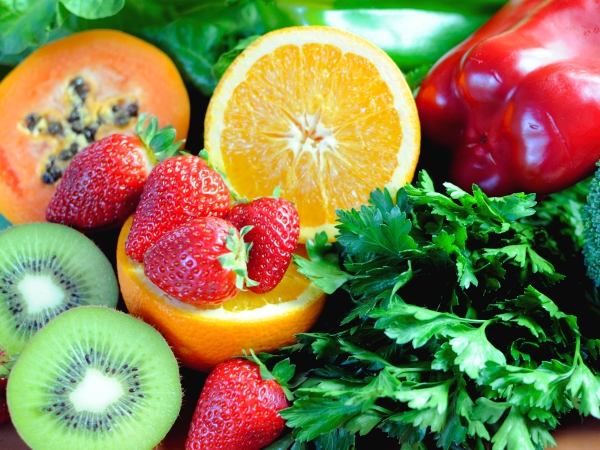

This compound acts as an antioxidant in the body, protecting cells against oxidative damage. Drinking naringenin-rich orange juice may help improve blood vessel function and enhance antioxidant defenses in the body ( 10).Īll citrus fruits are high in carotenoid antioxidants, which are responsible for their rich orange, red, and yellow colors.Ī study found that drinking fresh orange juice helped increase skin carotenoid levels, which are good indicators of total antioxidant status of the body ( 11). Naringenin is another citrus flavonoid that has been linked to health benefits. A citrus flavonoid that’s one of the main antioxidants in oranges, hesperidin may have blood pressure-lowering, anti-inflammatory, and antioxidant effects in the body ( 9). Oranges are packed with phenolic compounds - especially flavonoids, which contribute to most of their antioxidant properties. These include flavonoids, carotenoids, and vitamin C. Oranges are an excellent source of various bioactive plant compounds that have anti-inflammatory and antioxidant effects. Oranges are a good source of fiber and a rich source of vitamin C and folate, among many other beneficial nutrients. In addition to vitamin C and folate, oranges provide smaller amounts of other nutrients, including calcium, potassium, and thiamine (vitamin B1). Your body uses it for immune function, collagen synthesis, iron absorption, and more ( 7).įolate is a B vitamin that plays a role in metabolism, fetal and placental development, and many other important processes ( 8). This water-soluble nutrient is essential for your health. One 140-gram orange covers 92% of your daily vitamin C needs. Oranges are also high in certain nutrients, especially vitamin C and folate. Plus, diets rich in fiber are associated with a number of benefits, including decreased risks of heart disease, colon cancer, and obesity ( 4, 5, 6). Getting enough fiber on a daily basis is essential for overall health and helps keep your digestive system healthy by supporting regularity and fueling your beneficial gut bacteria. One orange (140 grams) packs around 10% of the DV ( 3). Like most fruits, oranges mainly comprise carbs and water, contain very little protein and fat, and are relatively low in calories. Here’s the nutritional breakdown for 1 orange (140 grams) ( 3):


 0 kommentar(er)
0 kommentar(er)
